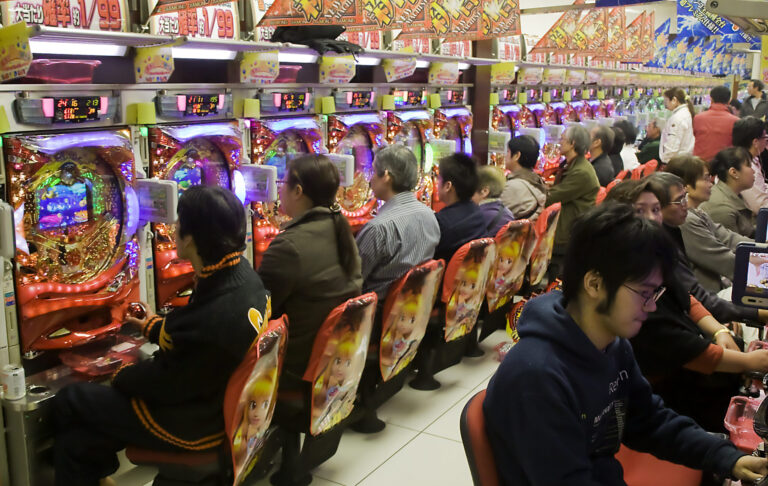Having novels published in stages is nothing new. Classic English authors like Charles Dickens published most of his massive novels in serialized form in magazines and journals, giving his fans just one installment at a time and leaving them hooked and eager for more.
In Japan, many novels, particularly those aimed at young adults, are sold in a similar fashion. “Light novels,” as these novels are called (the Japanese even say the English words “light novel”: “raito noberu”), are actually closer to what we consider novellas (short novels) in the West. At an average of around 40,000 to 50,000 words each, these novels are miniature versions of what we consider novels for young adults in the West. To give you an idea, the Harry Potter books range from 76,000 to 257,000 words each.
Light novels are easy to read because they don’t require a long period of time to commit to reading, so they appeal to busy, technical-savvy modern young adults in Japan. However, you’re unlikely to find stand-alone works published as light novels—that would defeat the purpose of the light novel. The publishers really want to hook their readers on the first book and make them come back for the next, which is often published mere months after the previous installment. Light novels are usually series that can last 5, 10 or even 20 books. The average length of a series is around 12 to 13 light novels. However, add up 12 light novels and you still only get about two Harry Potter books!
Light novels are rarely considered modern Japanese classics, although some frequent light novel authors have been praised for their skills. The language used in light novels is very minimalist and to-the-point. This also helps make them more appealing for the busy Japanese teenager who wants a quick and easy way to escape the pressures of school and daily life.
Another feature of light novels is that, although they are aimed at young adults, they often feature black and white illustrations, most often in the Japanese manga (“comic book”) style. This appeals to a culture where even adults enjoy reading manga. Light novels are also printed in smaller dimensions than we’re used to in the West, so they’re easier to carry around. Typical light novels are printed in dimensions of only about 4 inches by 5 inches.
Even some Western books that make it into translation in Japanese are published in light novel format. Stephenie Meyer’s popular Twilight series is one example. Four rather bulky books in the West were turned into one light novel series in Japan consisting of 13 volumes (complete with manga-style illustrations). None of the books are considered “sequels.” They’re all part of one large series. If you’ve been paying attention to Twilight in the West, you may have noticed that it’s incredibly popular with young adults (mostly young women) while critics have panned the books for simple language, uncomplicated plots and an idealized, simplified depiction of romance. Well, that’s exactly what the light novel market in Japan looks for, so the books fit right in with the competition.
Would you rather have long books broken up into smaller chapters so they’re easier to carry around (and you wind up paying more in the end)? Do you like your novels to provide escapism or do you prefer something that engages your mind a bit more? Do you have any favorite Japanese light novels? (Some light novels have been published in English.)
No related posts.
Tags: Animation, anime, cool japan, japan, japanese business, japanese culture, japanese entertainment, manga



